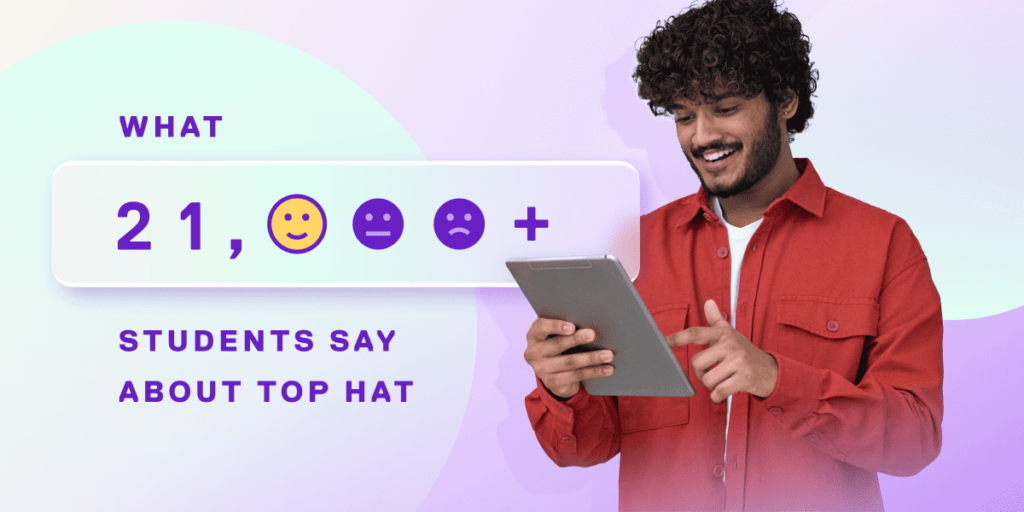Here’s something that’s often repeated when it comes to Generation Z students: “These kids just learn differently. Their brains work differently because of technology.” I get it. As educators, we see kids using devices every day and when we do, we jump to one of two conclusions: We should either outlaw these evil devices or we should always use them because that’s the only way these poor unfortunate zombies can learn.
I disagree with both extremes. I think that, just as in every other realm where technology is prevalent, it can either be incredibly useful in education—even better than the tools of old—or pointless to counterproductive. Here’s why.
The reality of Gen Z learners
The key question to ponder is what technology can (and can’t) do for learning. To me, the answer is not “use devices in class,” but, rather, to figure out how devices can serve the process of investigation, discussion and understanding. One thing to understand is that our Generation Z students don’t necessarily have an irreversible, intractable low attention span. They have a great many competing motives.
Also important to keep in mind is that our students are individuals with a variety of backgrounds and experiences. “Generation Z” is not some avatar created for an Xbox One Game. Gen Z consists of real, live human beings with a variety of experiences, levels of preparation, interests, and motives.
There are, and always have been, students that don’t want to be in college. That has been true for much longer than our current students have been alive. Let’s not make the mistake of attributing every counterproductive behavior we see to generational differences. And let’s not pretend that the professor giving a long, dry lecture at the front of the room wasn’t already getting spoofed in 1980s movies.
Yes, our students have grown up with technology. This doesn’t make them all tech savvy and it doesn’t mean they want to only use devices for every interaction. What it does mean is that they are amenable to using electronic devices, and they’re also used to interfacing with information in different ways.
What sets Gen Z apart as learners
In my experience, it is not devices that Generation Z students are looking for. It is interaction, gamification, meaning, and practicality. Yeah, I know what many of you will say: “Well, then participate in class discussions.” Here is where I believe the social media thing comes in. While there has always been an undercurrent of introversion affecting class participation in past generations, this generation has three things that I believe affect their outlook on class participation:
They are constantly being graded
For Gen Z, the proliferation of high stakes standardized testing occurred during their childhood, intensifying the relationship between performance and learning. These students were also often robbed of a chance at depth because of the propensity of many systems to teach to the test.
They are constantly being watched
The “imaginary audience” has always been a feature of adolescence in developmental textbooks. If we really see social media for what it is, we should realize that it doesn’t create new problems, it amplifies them. Whereas before young people may have imagined the whole cafeteria was looking at them, they might walk around now with the subconscious idea that the whole world is watching.
They are used to reading in short snippets
When we combine these phenomena, we might imagine that offering up opinions in class in some long discussion after having read pages and pages of material the night before can be a non-starter.
How to teach Gen Z students
I have come to believe that this generation’s students can achieve both depth of understanding and great knowledge. What they are looking for is a reason to give the effort. They need motivation that competes with what they are surrounded by. So, I spend a lot of time developing the context for why we study something, and facilitating their exploration of a set of concepts in a variety of ways. This includes test-retest strategies, discussions, using popular media to illustrate concepts in action, simulations, and more. Technology can augment or detract from all of these approaches.
What is necessary is to build technology that serves learning, instead of molding learning to serve technology. Here’s an example: What I have found is that when I put students in small groups, or let them respond to questions non-verbally, they show me a lot more of what they have learned. Technology can serve both of these kinds of interactions, making them more robust and efficient.
As educators, we should be asking: What do we want and need from young people? What do they want and need?
I find that my students want to know that what they are learning is useful. They aren’t going to just “do what they are told” because authority says so. That kind of conscientiousness appeals to some of my students, but not as many as in previous generations. They want purpose, and they want to have rewarding experiences. They don’t want to feel like they are wasting their time. They are careful with their efforts.
Further, I see that my students have a great number of stimuli competing for their attention. The assumption is that something on a device will be what grabs their attention away from what they see on their devices. But that’s not it. In fact, a great many technological approaches to education fall flat precisely because they were created with “technology” in mind instead of the student.


